(117327 products available)


























































































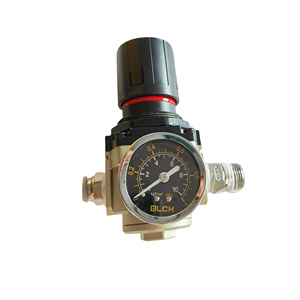
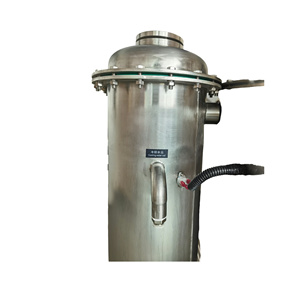
















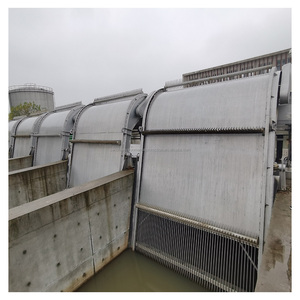




















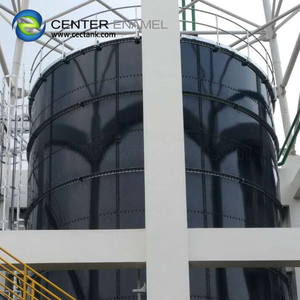






































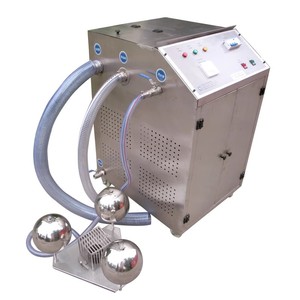












































Wastewater treatment involves the process of converting wastewater into an effluent that can be returned to the water cycle with minimal environmental impact. It is a crucial process for maintaining environmental sustainability and human health. Once a wastewater treatment plant is constructed, it efficiently manages and treats the wastewater before discharging it into the environment. The wastewater treatment process involves physical, chemical, and biological steps that remove contaminants and pollutants from the water, making it safe for release into rivers, lakes, or oceans.
One of the primary types of wastewater treatment plants is the primary treatment plant. It is the first stage in the treatment process and involves the removal of larger solids from the wastewater. It is usually a physical process that uses screens or settling tanks to separate the solids from the water. Most of the larger particles, such as twigs, leaves, and other debris, are removed at this stage. The secondary treatment plant involves the removal of biodegradable organic matter from the wastewater. It uses biological processes to break down the organic matter and convert it into simpler, more stable compounds. This process is essential for reducing the amount of organic material in the water, as high levels can deplete the oxygen in the water and harm aquatic life. The tertiary treatment plant is the final stage in the treatment process and is designed to remove any remaining contaminants from the water. It uses a combination of physical, chemical, and biological processes to ensure that the water is safe to be released into the environment.
Wastewater treatment plants are essential for protecting the environment and public health. They play a crucial role in preventing the spread of diseases and contaminants by treating the wastewater before it is released into the environment. By removing harmful pollutants and pathogens from the water, waste treatment plants help ensure that the water bodies are safe for recreational activities and for supporting aquatic life. Additionally, wastewater treatment plants help conserve water resources by treating and reusing wastewater for various purposes. This reduces the strain on freshwater sources and contributes to sustainable water management. Furthermore, these treatment plants play a vital role in reducing pollution and improving water quality. By removing pollutants and contaminants from the water, they help prevent the degradation of water bodies and ensure the long-term health of the environment. Wastewater treatment plants also contribute to the overall sustainability of communities by providing a safe and efficient way to manage and treat wastewater, reducing the environmental impact of human activities.
One of the significant challenges facing wastewater treatment plants is the presence of emerging contaminants. These are compounds that were not previously identified as pollutants but are now being detected in wastewater. Examples include pharmaceuticals, personal care products, and microplastics. Treating these emerging contaminants can be challenging, as traditional treatment methods may not effectively remove them from the water. Another challenge is the aging infrastructure of many wastewater treatment plants. As plants age, they may become less efficient and more prone to breakdowns, leading to operational issues and potential environmental risks. Additionally, the increasing demand for water and the changing climate can put pressure on wastewater treatment plants to treat larger volumes of water and handle more frequent and intense storm events. This can strain the capacity of the plants and require upgrades to meet the growing demand. To address these challenges, wastewater treatment plants must continually innovate and adapt their treatment processes to effectively remove emerging contaminants. Investing in infrastructure upgrades and maintenance is crucial to ensure the long-term sustainability and efficiency of these plants. Collaboration between stakeholders, including government agencies, industries, and communities, is also essential to address the complex and interconnected issues related to wastewater treatment.